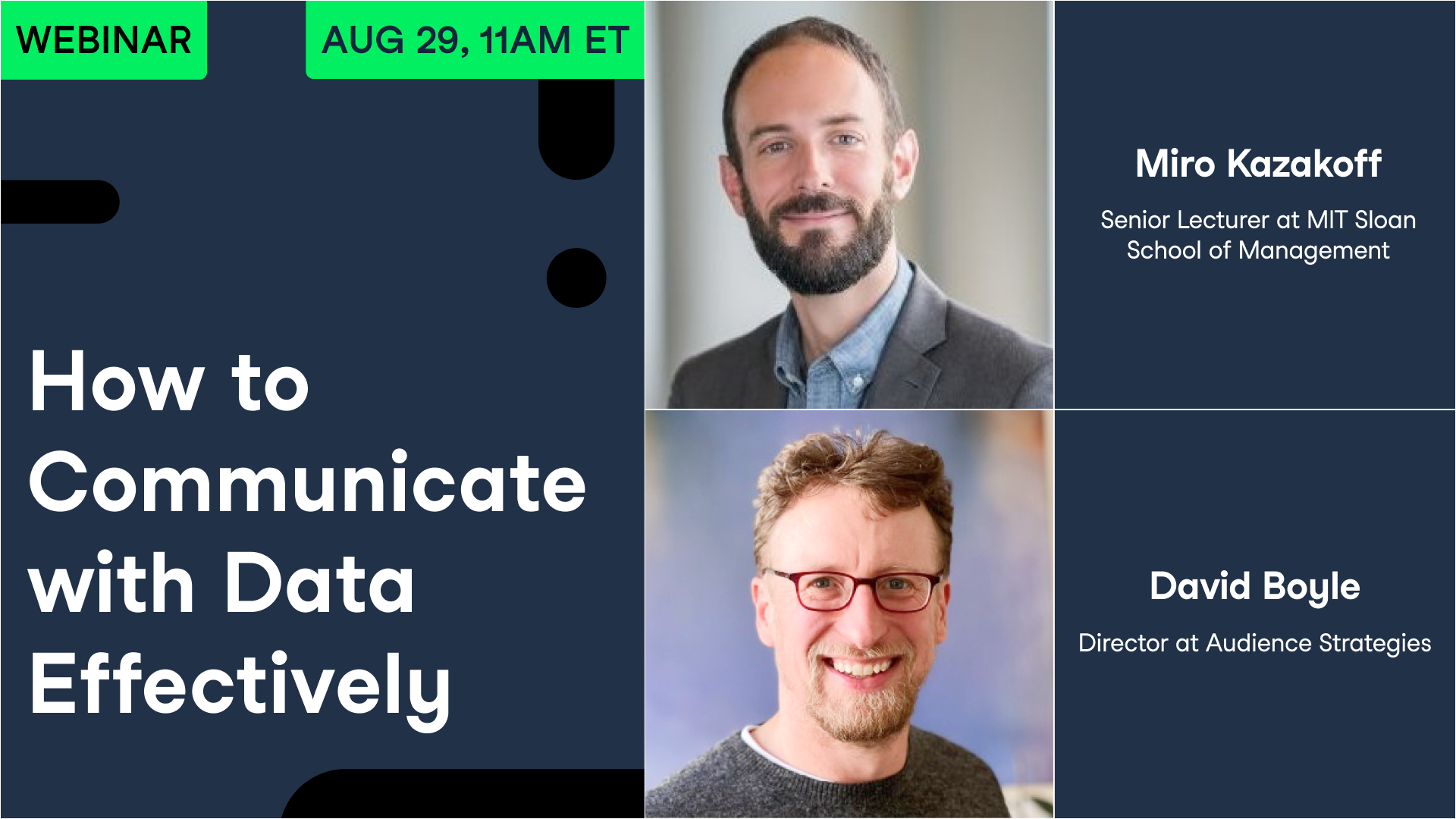Direkt zum InhaltWeitere Informationen





Lautsprecher
Trainierst du 2 oder mehr?
Erhalten Sie für Ihr Team Zugriff auf die vollständige DataCamp-Bibliothek mit zentralisierten Berichten, Zuweisungen, Projekten und mehrVerwandt
webinar
Effective Data Storytelling for Financial Services
Learn simple communication techniques to make your ideas understood, whether you are speaking to a technical audience or a business audience.webinar
How to Write Effective Data Stories
In the second of three data storytelling sessions, a leading data journalist will teach you how to write about data.webinar
Effective Data Storytelling for Financial Services
Learn simple communication techniques to make your ideas understood, whether you are speaking to a technical audience or a business audience.webinar
Creating Compelling Data Visualizations
In the first of three data storytelling sessions, three data visualization experts take you through how to create impactful visualizations for any audience.webinar
8 Rules for Better Data Storytelling
Adel Nehme, VP of Media at DataCamp, shares 8 practical steps and best practices for telling better data stories that drive business impact.webinar
8 Rules for Effective Data Storytelling
Best practices for crafting actionable data stories that drive business impact.Join 5000+ companies and 80% of the Fortune 1000 who use DataCamp to upskill their teams.
Loved by thousands of companies


